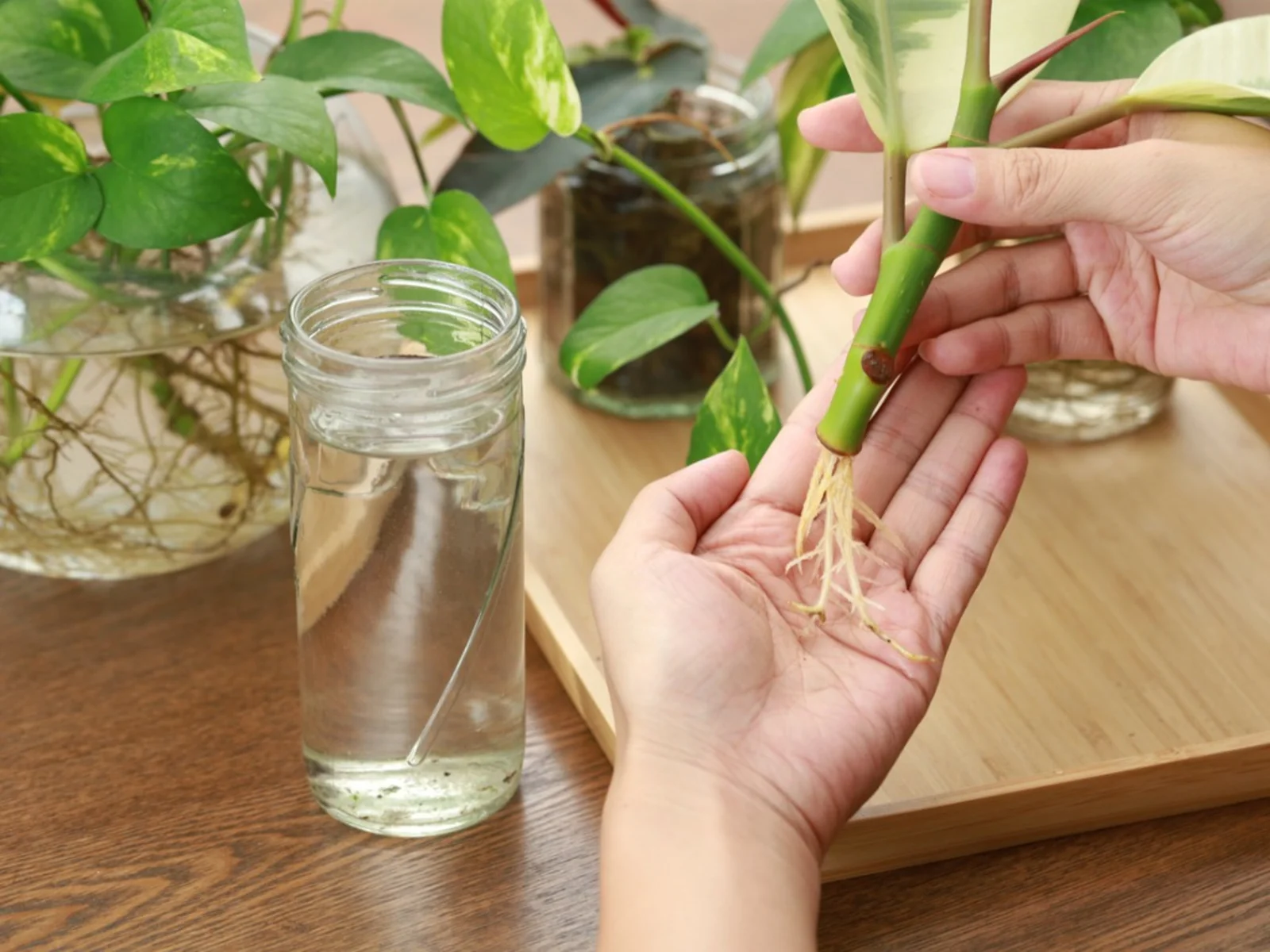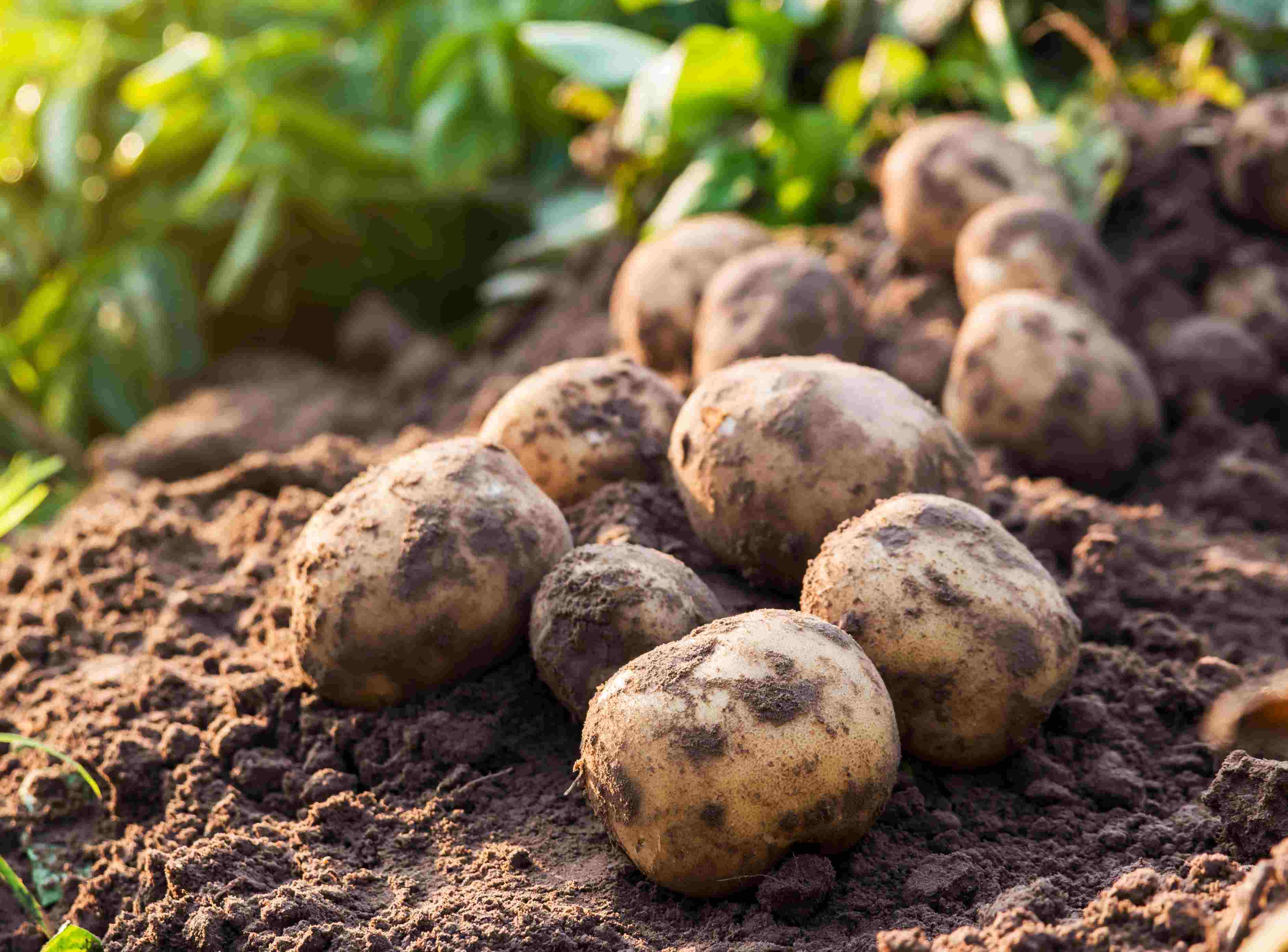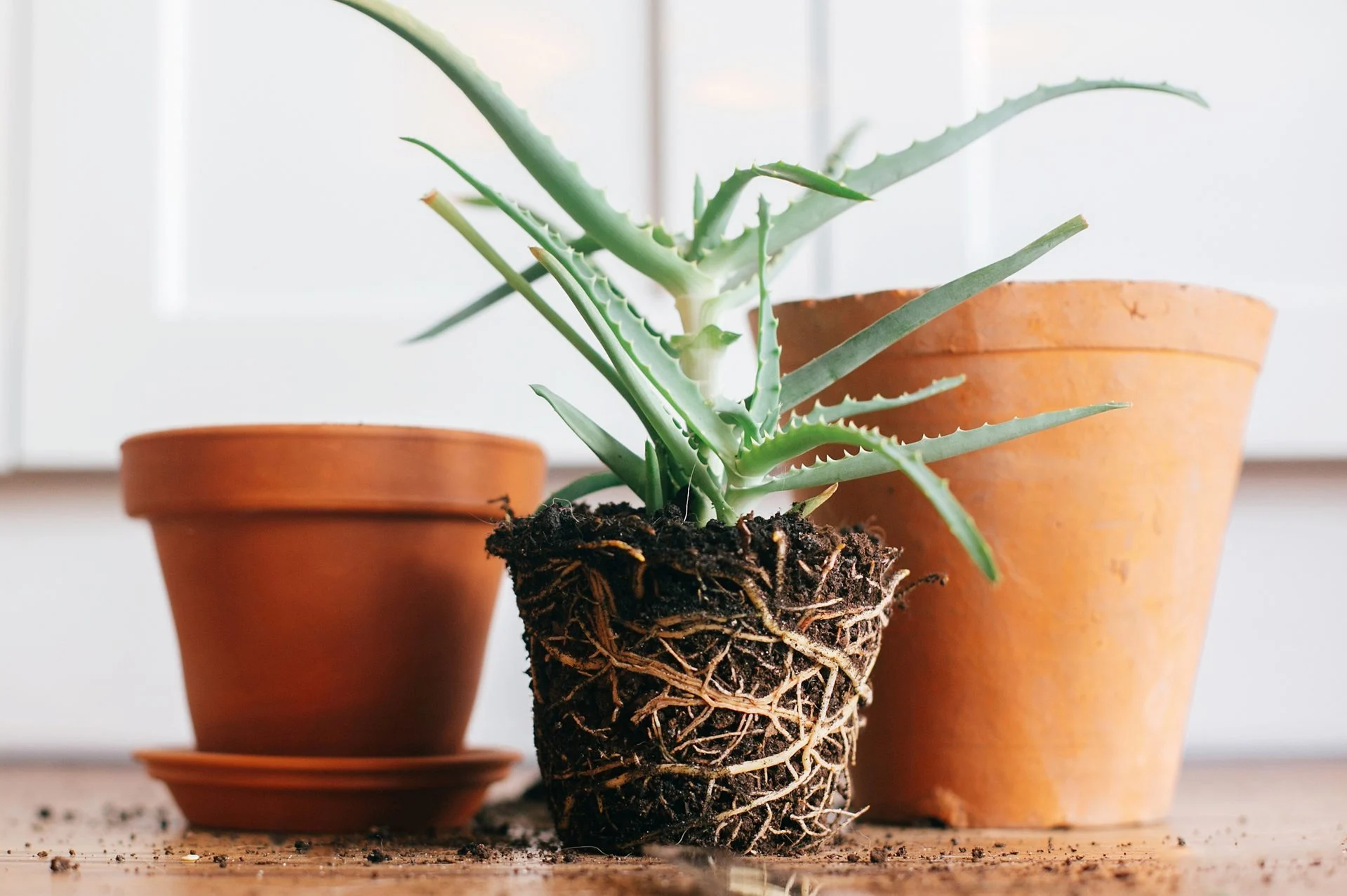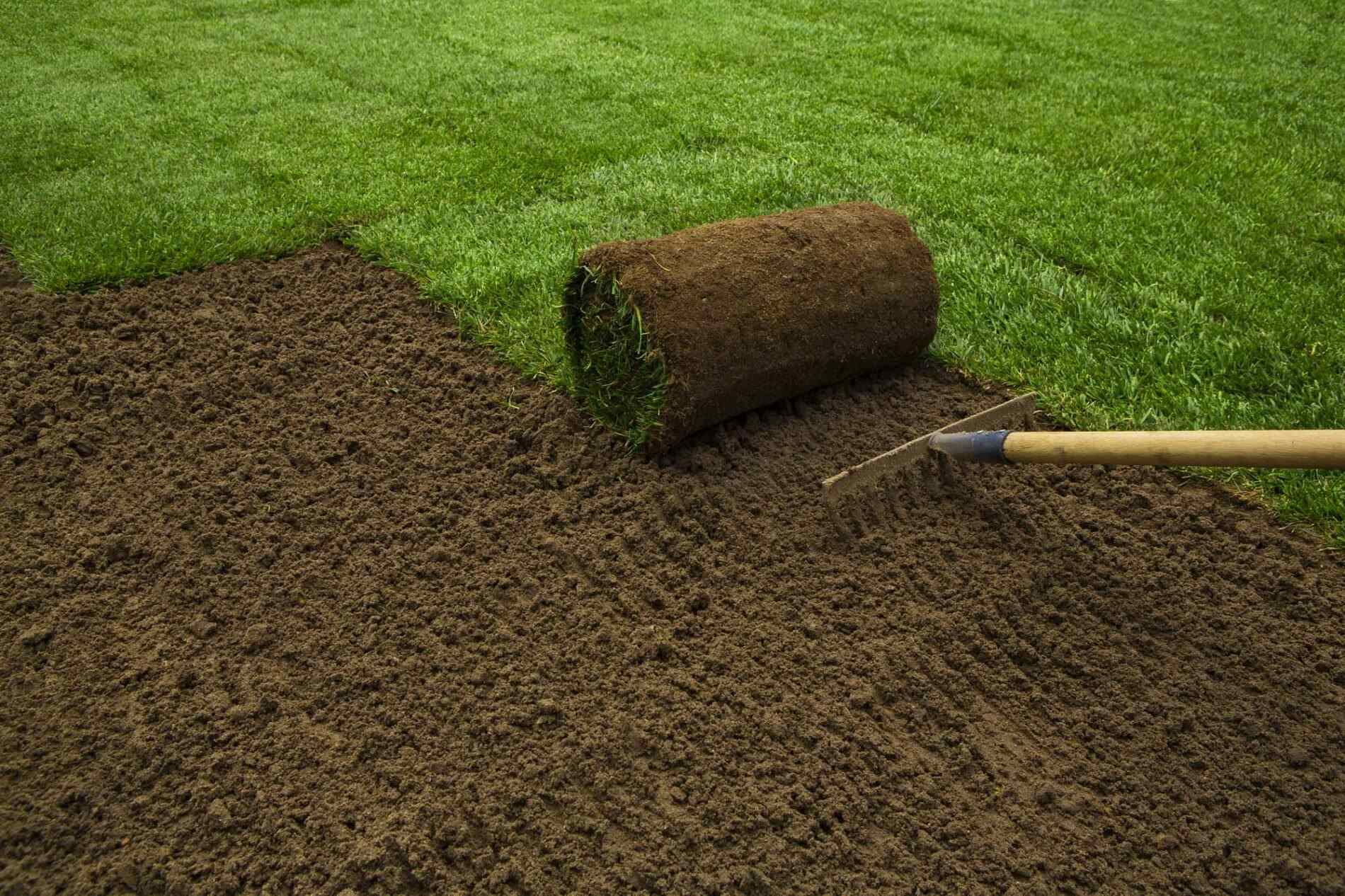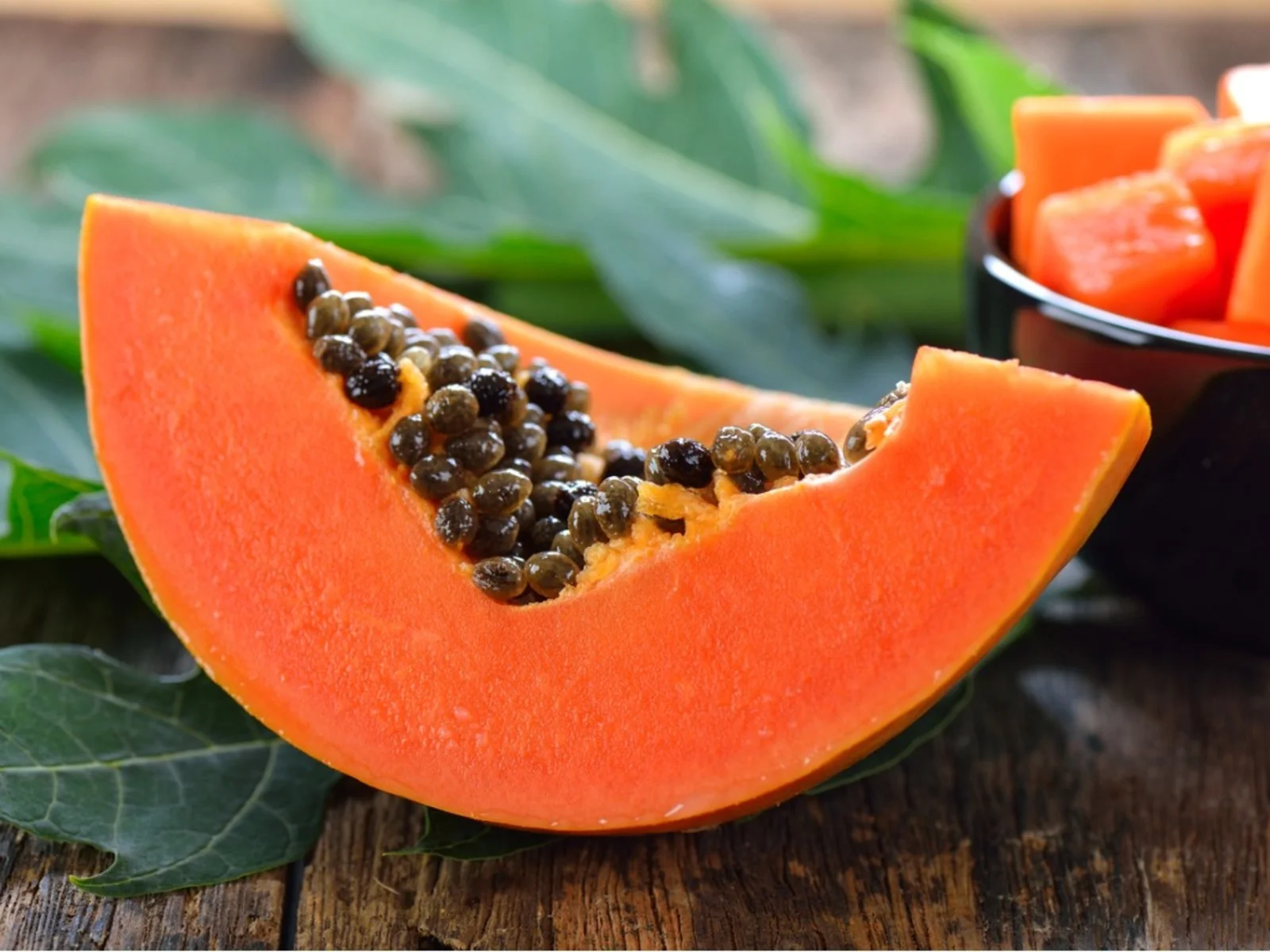Home>Gardening Techniques>Plant Care>How Long Does Sod Last Before Planting


Plant Care
How Long Does Sod Last Before Planting
Modified: January 22, 2024
Discover the lifespan of sod before planting and learn essential plant care tips to maximize its longevity.
(Many of the links in this article redirect to a specific reviewed product. Your purchase of these products through affiliate links helps to generate commission for Chicagolandgardening.com, at no extra cost. Learn more)
Table of Contents
Introduction
Welcome to the world of plant care, where the beauty and health of your green companions truly thrive. Whether you have a sprawling outdoor garden, a cozy indoor space filled with potted plants, or a combination of both, taking care of your plants is essential for their longevity and vibrant growth.
Plant care encompasses various aspects, including watering, fertilizing, pruning, and providing the right amount of sunlight. But one often overlooked factor is the quality of the soil in which your plants are rooted. A healthy and nutrient-rich soil is the foundation for optimal plant growth.
If you’re looking to establish a new lawn or revitalize an existing one, sod can be an excellent option. Sod is essentially grass that has been grown and established on a layer of soil held together by roots. It provides an instant, lush lawn and eliminates the need for seeding and waiting for grass to grow.
However, like any living organism, sod has a lifespan. Understanding how long sod lasts before planting is crucial for ensuring its success and maximizing its benefits.
In this article, we will explore the various factors that affect the lifespan of sod, how to properly store it before planting, signs of sod deterioration, the ideal timeframe for planting, and how to extend the lifespan of your sod. By the end, you’ll have a comprehensive understanding of proper plant care techniques to make the most of your sod and create a stunning and resilient lawn.
Factors Affecting the Lifespan of Sod
Several factors can influence how long sod lasts before planting. Understanding these factors will help you make informed decisions and ensure the success of your lawn. Let’s explore the key elements that can impact the lifespan of your sod:
- Quality of Sod: The quality of the sod itself is a crucial factor. Sod that has been well-maintained and grown under optimal conditions will generally have a longer lifespan. It’s important to choose sod from a reputable supplier who follows proper growing practices.
- Climate: Weather conditions play a significant role in determining how long sod will last before planting. Extreme heat, intense sunlight, or prolonged periods of heavy rainfall can all impact the health and vitality of the sod.
- Soil Conditions: The condition of the soil in which the sod will be planted is vital. It should be well-drained, free of weeds and debris, and properly prepared. Sod that is planted in poor-quality or compacted soil may struggle to establish itself, resulting in a shorter lifespan.
- Proper Handling and Transportation: Sod is a living organism and should be handled with care during transportation and installation. Rough handling or improper storage can damage the roots and affect the longevity of the sod.
- Proximity to Planting: The length of time between the sod being harvested and planted can impact its lifespan. Ideally, sod should be planted as soon as possible after it is harvested to prevent it from drying out or losing its vitality.
By understanding these factors, you can take necessary measures to ensure the long-lasting health and beauty of your sod. In the next section, we will discuss how to properly store sod before planting to maintain its freshness and vigor.
How to Store Sod Before Planting
Properly storing sod before planting is crucial for preserving its freshness and ensuring its successful establishment. Here are some essential steps to follow when it comes to storing sod:
- Timing: Time is of the essence when it comes to storing sod. It’s best to have a plan in place for installing the sod as soon as it arrives to prevent it from drying out. Ideally, sod should be laid within 24 to 48 hours of being harvested.
- Stacking: If you need to store the sod for a short period of time, stacking it in a cool, shaded area is recommended. Avoid stacking the sod too high to prevent excessive pressure on the lower layers. Additionally, make sure to properly support the edges to maintain the integrity of the rolls.
- Irrigation: Keeping the sod moist is crucial to prevent it from drying out. You can accomplish this by lightly watering the sod as needed to keep it moist but not excessively wet. Avoid overwatering, as this can lead to root rot or other issues.
- Protection: Shielding the sod from direct sunlight is essential during storage. Exposure to intense sunlight can cause the sod to dry out quickly. Use shade cloth or a tarp to cover and protect the sod from the sun’s rays.
- Avoid Compression: It’s important to avoid putting excessive weight or pressure on the sod during storage. This can result in the compression of the rolls, which can damage the roots and affect the sod’s ability to establish itself.
By following these guidelines, you can ensure that your sod remains healthy and maintains its vitality until it’s ready to be planted. In the next section, we will discuss the signs to look out for to determine if your sod has started to deteriorate.
Signs of Sod Deterioration
Monitoring the condition of your sod is crucial to detect any signs of deterioration early on. By recognizing these signs, you can take appropriate action to prevent further damage and ensure the successful establishment of your lawn. Here are some common signs of sod deterioration to look out for:
- Browning or Yellowing: Sod that is starting to deteriorate may exhibit browning or yellowing of the grass blades. This can be a sign of insufficient water, poor soil conditions, or inadequate nutrient uptake.
- Thinning Grass: If you notice areas of the sod where the grass is thinning or sparse, it could indicate that the sod is struggling to establish itself. Factors such as poor soil preparation, inadequate irrigation, or improper handling during installation can contribute to this issue.
- Increased Weed Growth: Sod that is deteriorating may also be more susceptible to weed growth. Weeds can outcompete the grass and hinder its healthy development. If you notice an increase in weed growth in your sod, it’s important to take action to address the issue promptly.
- Pests and Diseases: Sod that is deteriorating may be more prone to pest infestations or diseases. Look out for signs of insect damage, such as chewed grass blades or tunnels in the soil, as well as common lawn diseases, such as brown patch or dollar spot.
- Unhealthy Roots: Healthy roots are crucial for the success of sod. If you notice weak or decaying roots, it may be an indication that the sod is deteriorating. Gently lift a corner of the sod to inspect the roots and look for signs of decay or discoloration.
If you observe any of these signs, it’s important to address the underlying issues promptly. This may involve adjusting irrigation practices, improving soil conditions, or seeking professional assistance to deal with pests or diseases. By taking the necessary steps, you can prevent further deterioration and promote the health and longevity of your sod.
The Ideal Timeframe for Planting Sod
Timing is crucial when it comes to planting sod. Choosing the right time of year to lay your sod will greatly impact its success and longevity. While the ideal timeframe may vary depending on your location and climate, there are general guidelines to consider. Here are some factors to keep in mind when determining the ideal time for planting sod:
- Season: The ideal time to plant sod is during the cooler months of spring or fall. Planting in these seasons allows the sod to establish its root system before facing extreme temperatures. Avoid planting sod during periods of intense heat or cold, as it can stress the sod and hinder its ability to take root.
- Soil Temperature: Soil temperature plays a significant role in the success of sod establishment. The ideal soil temperature for planting sod is between 55 and 65 degrees Fahrenheit (12 to 18 degrees Celsius). Ensure that the soil has reached this temperature range before laying the sod.
- Rainfall and Irrigation: Adequate water is essential for the establishment of sod. Planting during a season with regular rainfall can benefit the sod by providing natural irrigation. If you’re planting during a drier season, make sure you have a proper irrigation system in place to ensure the sod receives sufficient water.
- Growing Conditions: Consider the growing conditions and climate in your specific region. Factors such as humidity, sunlight exposure, and local climate patterns can influence the ideal time to plant sod. Consult with local experts or gardening resources to determine the best timeframe for your area.
- Upcoming Events or Activities: Consider your schedule and any upcoming events or activities when deciding on the ideal time to plant sod. Avoid planting during periods when heavy foot traffic or excessive use of the lawn is expected, as it can disrupt the sod’s establishment.
By taking these factors into consideration, you can choose the optimal timeframe for planting your sod, maximizing its chances of successful establishment and long-term growth.
Extending the Lifespan of Sod
To ensure the long-lasting health and vibrancy of your sod, it’s essential to take proactive measures to extend its lifespan. By implementing proper maintenance techniques and providing optimal growing conditions, you can maximize the longevity of your lawn. Here are some tips to help you extend the lifespan of your sod:
- Regular Watering: Adequate water is crucial for the health of your sod. Water deeply and infrequently, allowing the soil to dry out slightly between watering sessions. This encourages the roots to grow deeper and enhances the overall strength and resilience of the sod.
- Proper Mowing: Maintaining the right mowing height is important for the health of your sod. Avoid cutting the grass too short, as this can stress the sod and make it more susceptible to weed growth and disease. Set your mower blade to the recommended height for your grass type and mow regularly to prevent the grass from becoming too long.
- Fertilization: Applying a balanced fertilizer to your sod will provide the essential nutrients it needs to thrive. Follow a regular fertilization schedule based on your specific grass type and the recommendations of a local gardening expert or soil test results. Be careful not to over-fertilize, as this can lead to excessive growth and weaken the sod.
- Weed Control: Keeping weeds at bay is essential for the health and appearance of your sod. Implement a weed control program that includes regular inspection, manual removal of weeds, and the use of herbicides if necessary. Be cautious when using herbicides to avoid damage to the sod and follow the instructions carefully.
- Aeration: Periodic aeration helps alleviate soil compaction, improves nutrient and water absorption, and promotes healthy root growth. Use a manual or mechanical aerator to create small holes in the soil, allowing air, water, and nutrients to penetrate deep into the root zone. This practice aids in the long-term health of the sod.
- Proper Maintenance: Regular maintenance practices such as raking leaves, removing debris, and monitoring for pests and diseases are essential for the long-term vitality of your sod. Take time to inspect your lawn regularly and address any issues promptly to prevent them from spreading and damaging the sod.
By following these maintenance practices and providing the optimal growing conditions for your sod, you can significantly extend its lifespan. A well-maintained lawn not only enhances the beauty of your landscape but also provides a healthy and enjoyable outdoor space for years to come.
Conclusion
Caring for your sod is a vital aspect of maintaining a healthy and lush lawn. By understanding the factors that affect the lifespan of sod, properly storing it before planting, recognizing signs of deterioration, choosing the ideal timeframe for planting, and implementing measures to extend its lifespan, you can ensure the long-term success of your lawn.
Remember to source high-quality sod from reputable suppliers and handle it with care during transportation and installation. Prepare the soil properly to provide a conducive environment for the sod to establish its roots. Keep a close eye on the sod for any signs of browning, thinning grass, weed growth, pests, or diseases, and take immediate action to address these issues.
Water your sod adequately, mow at the correct height, fertilize appropriately, control weeds, and aerate the soil periodically to maintain optimal growing conditions. Regular maintenance and proper care will go a long way in extending the lifespan of your sod and preserving its health and beauty for years to come.
By following these guidelines and implementing good plant care practices, you’ll be rewarded with a vibrant and thriving lawn that enhances the aesthetics of your outdoor space and provides a welcoming environment for relaxation and recreation.
